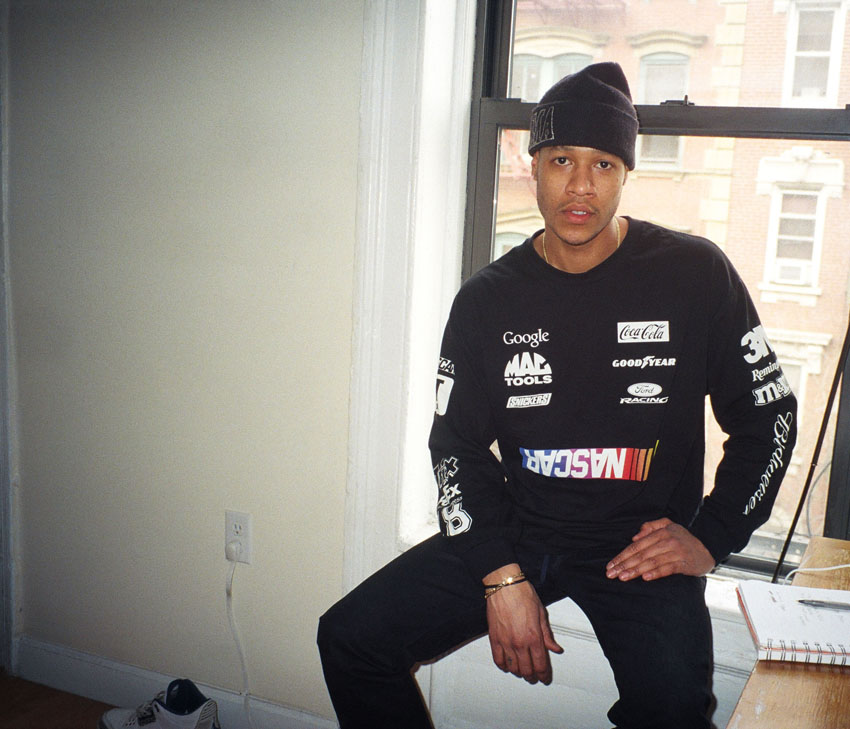With an increasing trend of logo stealing in both high-fashion and modern streetwear, brands are appropriating iconic brand logos to influence sales. Apparently, there is a line between paying tribute to a company’s logo and infringing on its intellectual property rights, which boils down to the message delivered to consumers.
Fashion started out as the business of making clothes, but quickly became a physical commodity and the marketing of an ideal product. People don’t wear a garment for its physical properties, but as a representation of ‘who they are’. Basically, we are more likely to buy a brand’s logo, rather than the clothes it offers.

A brand’s logo is designed to influence our way of thinking in an attempt to encourage an association with a brand and the products that they represent. In order to be unique, designers are committing themselves to complicated designs and untraditional elements, which don’t seem to be as effective in the grand scheme of things.
A logo-jacking trend has emerged in high-fashion, where labels have repurposed the logos of iconic brands for modern appropriation. Whether it be a high-end emblem like Chanel Bags, or the mass produced Nike ‘Swoosh’, the designer logo represents a hard-earned status symbol. Jeremy Scott made his debut for Moschino in 2014, poking fun at consumerist heavyweights like McDonald’s and SpongeBob Squarepants. Following Moschino’s financial success, other brands are rushing to get in on the action.

Streetwear brands have played with the idea, as a means of demystifying and rejecting traditional fashion archetypes. HighSnobiety claim that “By taking a brand’s visual form, transforming, say, Comme des Garcons into Comme de Fuckdown, it corrodes away some of the prestige from a much-protected trademark.” Gosha’s Hilfiger-inspired collection combines the Chinese and Russian flags at the centre of a quintessentially American brand’s logo, which comments on Western decline and the eastward shifting of political perspective.
It is interesting that designers have the capability to capitalise on nostalgia for other brands, and in return, influences our choice of buying a product. Much like the ‘punk’ movement, its edge has been commodified in an effort to sell to consumers, and in all fairness, it seems to be working. With the current movement towards vintage and street influence, we are going to see a whole lot more.







